Bare Metal vs Virtual Machines vs Containers: The Differences
When deploying a modern application stack, how do we decide which one to use? Bare Metal, VMs or Containers?
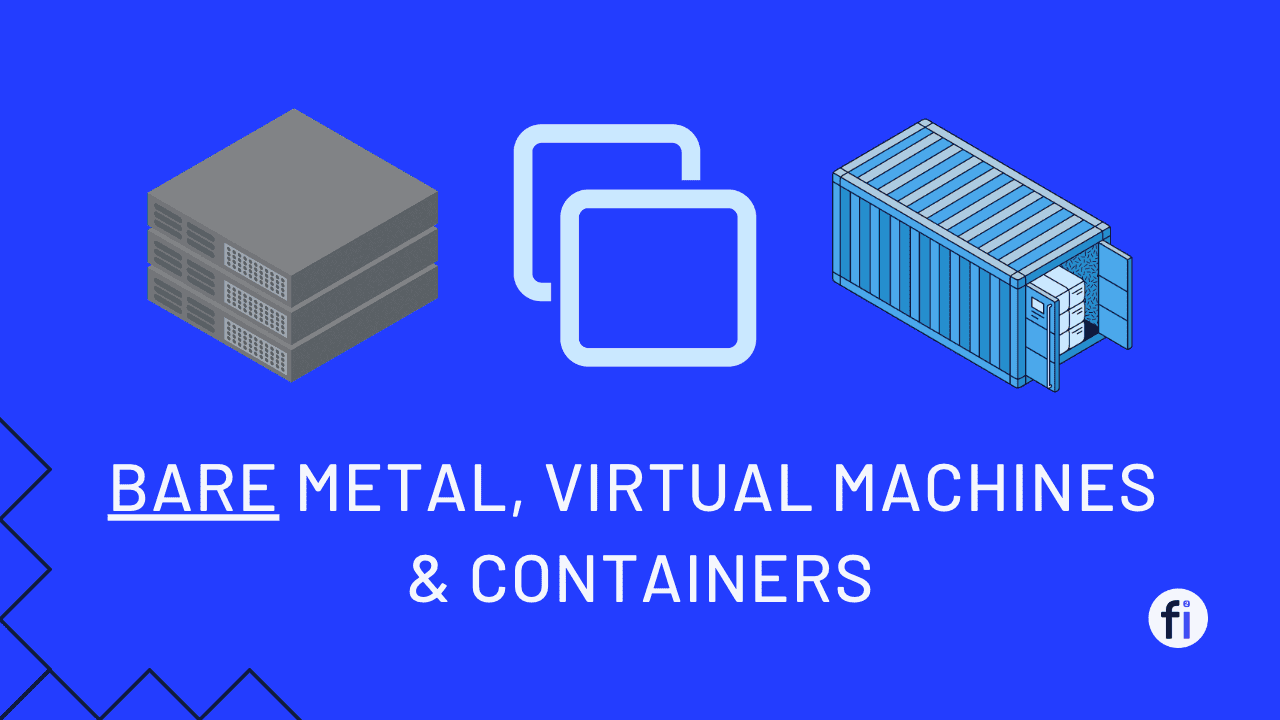
In the world of technology, there are three main options for deploying applications: Bare Metal, Virtual Machines, and Containers. Each of these options has its own unique features, advantages, and disadvantages.
In this article, we will explore the differences between them and help you to understand which one is the best fit for your needs.
👾 What is Bare Metal Server?
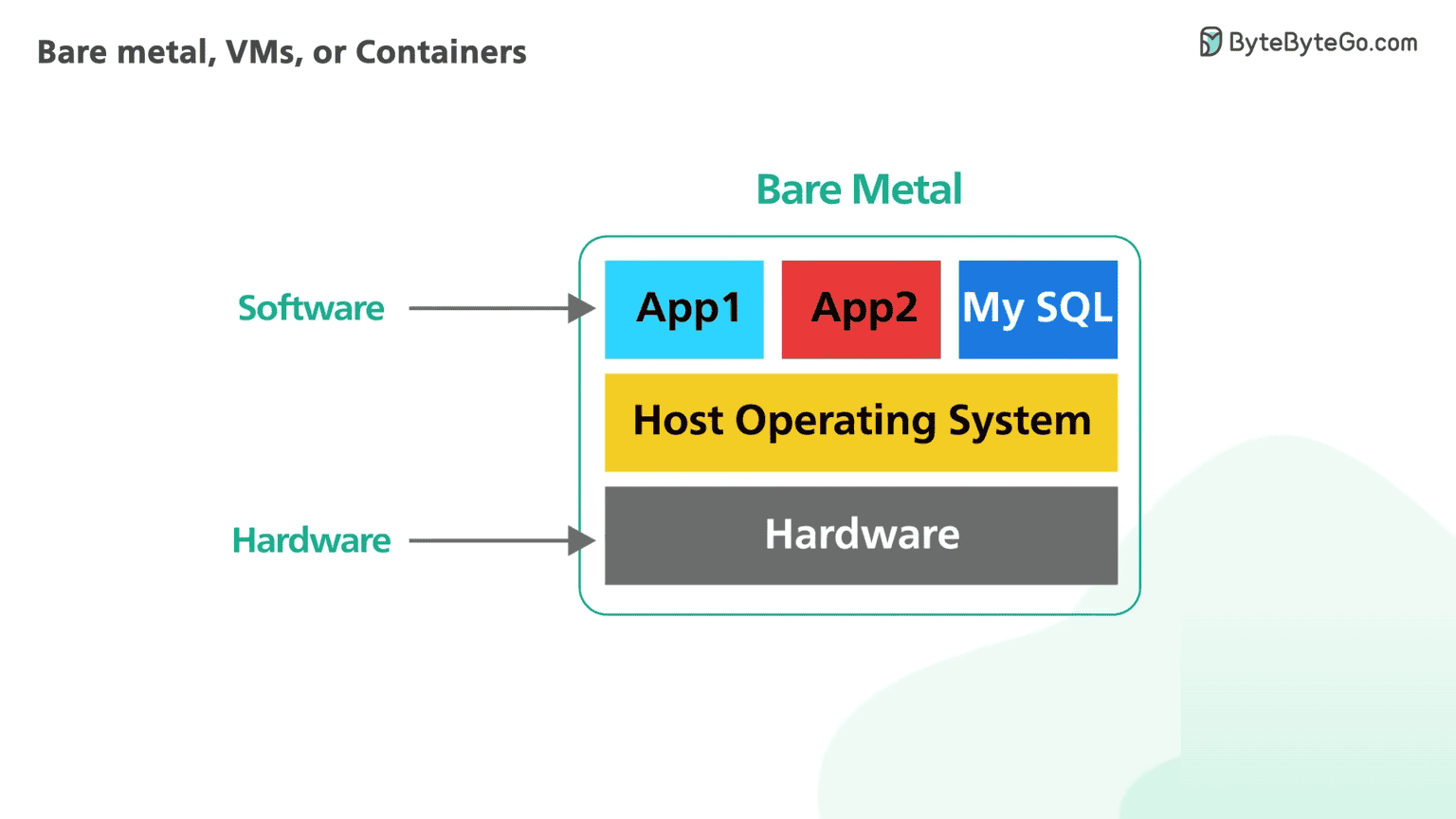
A bare metal server is a physical computer that's dedicated to a single tenant. This means that you don't share resources with anyone else - all of the hardware and software is yours to use as you see fit. In the early days of computing, all servers were bare metal. However, with the rise of virtualization and cloud computing, bare metal servers have become less common.
✅ Advantages of Bare Metal Servers
So why would you choose a bare metal server over a virtualized one? There are several reasons:
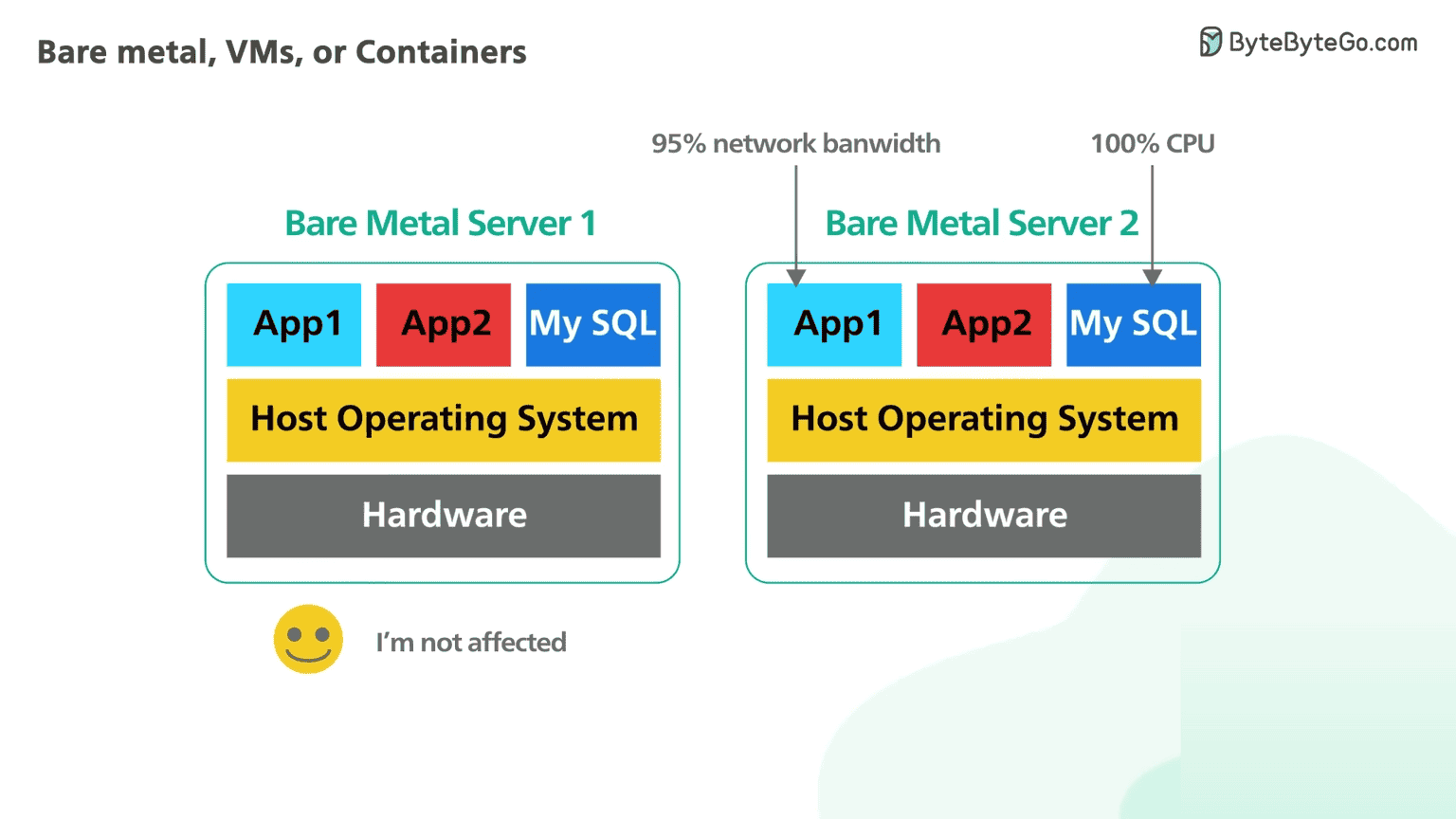
- Complete Control: With a bare metal server, you have complete control over the hardware and software stack. This means you can optimize the system for your specific needs and get the best possible performance.
- Physical Isolation: Because you're the only tenant on the server, you don't have to worry about the "noisy neighbour" problem. This is when another tenant's activities impact your performance. Additionally, the physical isolation provides a high level of security - you don't have to worry about side-channel attacks or other security vulnerabilities that can arise in shared environments.
- Regulatory Compliance: For applications that need to meet strict regulatory or compliance requirements, a bare metal server may be the only option. By having complete control over the system, you can ensure that it meets all necessary standards.
❌ Disadvantages of Bare Metal Servers
While there are many advantages to using a bare metal server, there are also some downsides to consider:
- Cost: Bare metal servers can be expensive to acquire and maintain. You'll need to purchase the hardware upfront, and you'll also need a team of competent professionals to manage the system.
- Management Complexity: Because you have complete control over the system, you're also responsible for managing it. This can be a complex and time-consuming task, especially if you're not experienced with server administration.
- Scalability: Bare metal servers can be difficult to scale. If you need more resources, you'll need to purchase additional hardware and configure it to work with your existing setup. This can be a slow and expensive process.
⚙️ What are Virtual Machines?
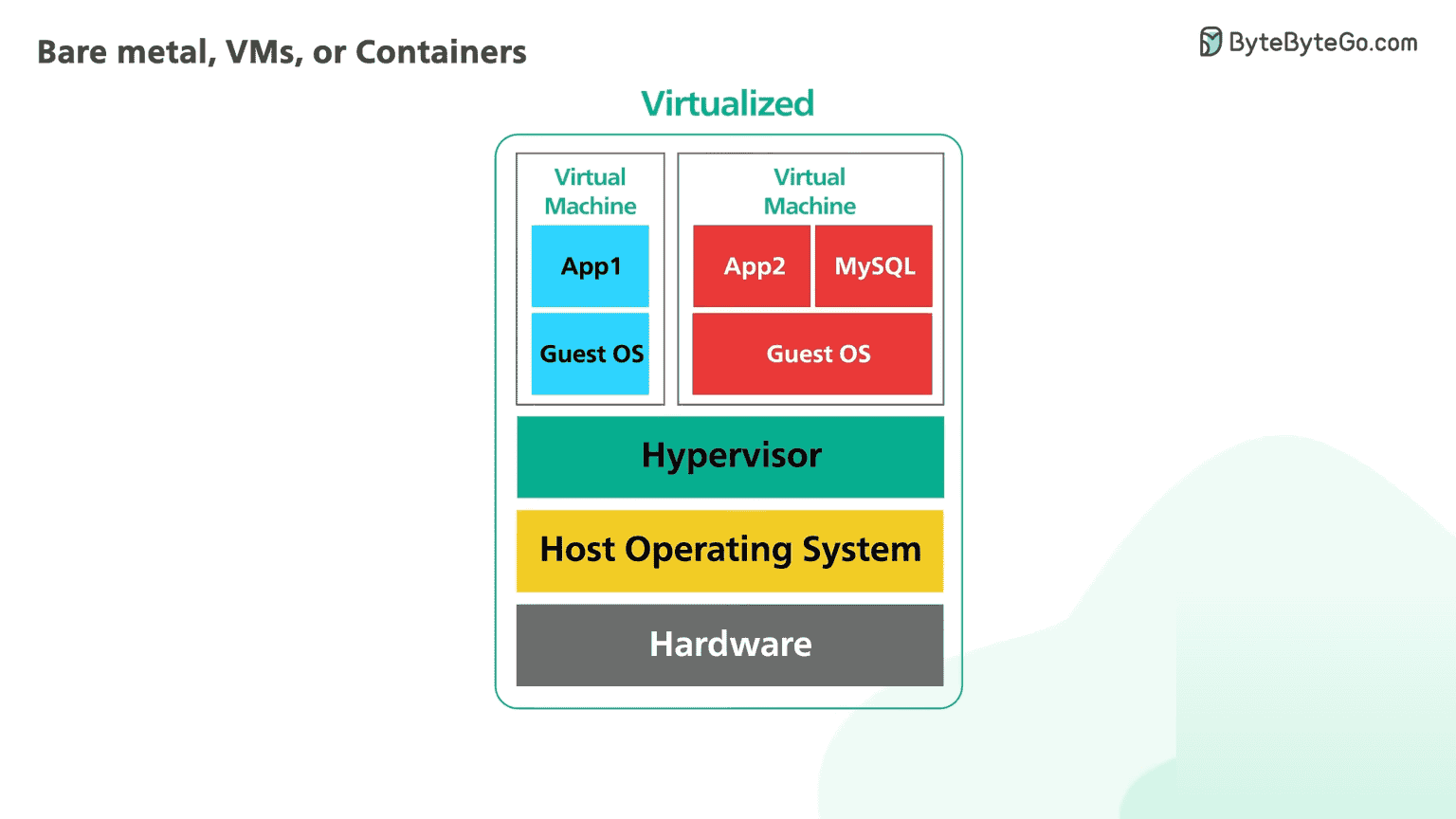
A Virtual machine (VM) is a software program that emulates a physical computer. This process is known as virtualization. Multiple virtual machines can run on a single piece of hardware, or bare metal. The host operating system runs on top of the bare metal hardware, and a hypervisor, or virtual machine monitor, runs on top of the host operating system.
The hypervisor manages the virtual machines, creating an abstraction layer over the hardware so that multiple operating systems can run alongside each other. Each virtual machine has its own guest operating system, and the applications for each tenant run on top of the guest operating system.
✅ Advantages of Virtual Machines
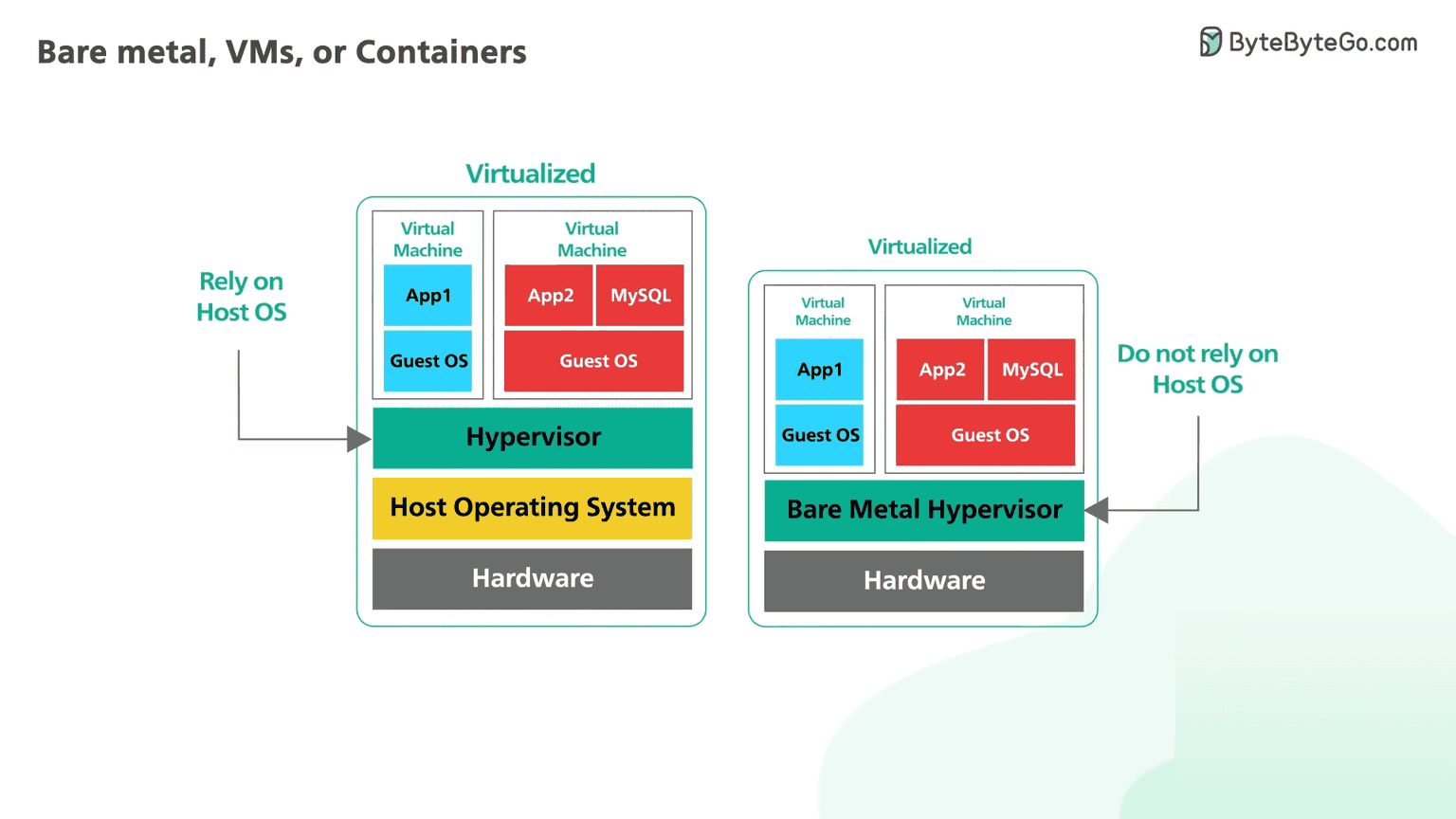
Virtual machines offer several benefits over physical machines, including:
- Cost Savings: One of the significant benefits of virtual machines is cost savings. With virtualization, multiple virtual machines can share the same hardware, which means higher resource utilization. It reduces hardware costs and minimizes energy consumption, leading to lower costs for the organization.
- Scalability: Virtual machines are more scalable than physical hardware. Scaling up a virtual machine is more manageable than buying and installing new physical hardware. Additionally, some virtualization software can even move running virtual machines from one bare metal hardware to another without any downtime.
- Flexibility: Virtual machines offer more flexibility to businesses. With virtualization, organizations can choose virtual machines of various sizes to fit their workloads. They can select general-purpose virtual machines with a few CPU cores and a few GBs of memory or high-performance virtual machines with hundreds of cores and terabytes of memory.
❌ Disadvantages of Virtual Machines
While virtual machines offer several benefits, there are also some downsides to consider, including:
- Noisy Neighbour Problem: Virtual machines could be vulnerable to the noisy neighbor problem, which occurs when an application co-locates with a resource-hogging neighbour. In this situation, the application's performance could suffer due to the limited availability of resources.
- Security Vulnerabilities: Virtual machines running on the same bare metal hardware share the same physical CPU cores. They are vulnerable to attacks that aim at design flaws in modern processors. Side-channel attacks like Meltdown and Spectre are some well-known examples.
🫙 What are Containers?

A Container is a self-contained package that contains an application along with all its dependencies, such as libraries, frameworks, and runtime. This means that a container has everything it needs to run, making it highly portable and scalable.
Containerization is often referred to as a lightweight version of virtualization. Unlike virtualization, where the hardware is virtualized with a hypervisor, containerization virtualizes the operating system itself using a special software called the container engine. The container engine enables multiple containers to run on top of it, each with its own isolated application environment.
✅ Advantages of Containers:

- Portability: Containers provide a lightweight and portable way to package and deploy applications, making it easier to move them between different environments and infrastructure setups.
- Isolation: Containers offer a level of isolation between applications and their dependencies, helping to prevent conflicts and ensuring that each application can run in its own isolated environment.
- Resource efficiency: Containers consume fewer resources compared to virtual machines, as they share the underlying operating system kernel, leading to faster startup times and lower memory and CPU usage.
❌ Disadvantages of Containers:
- Security risks: Containers share the same operating system kernel, which means that if an attacker gains access to one container, they may be able to access other containers on the same host.
- Complexity: Managing containers and their dependencies can be complex, especially at scale. There are many moving parts involved in deploying and managing containers, which can lead to issues such as misconfigurations and security vulnerabilities.
- Limited functionality: Containers are designed to run a single application or service, and may not be suitable for complex applications that require multiple services or components to work together seamlessly. This can make it challenging to deploy and manage certain types of applications in a containerized environment.
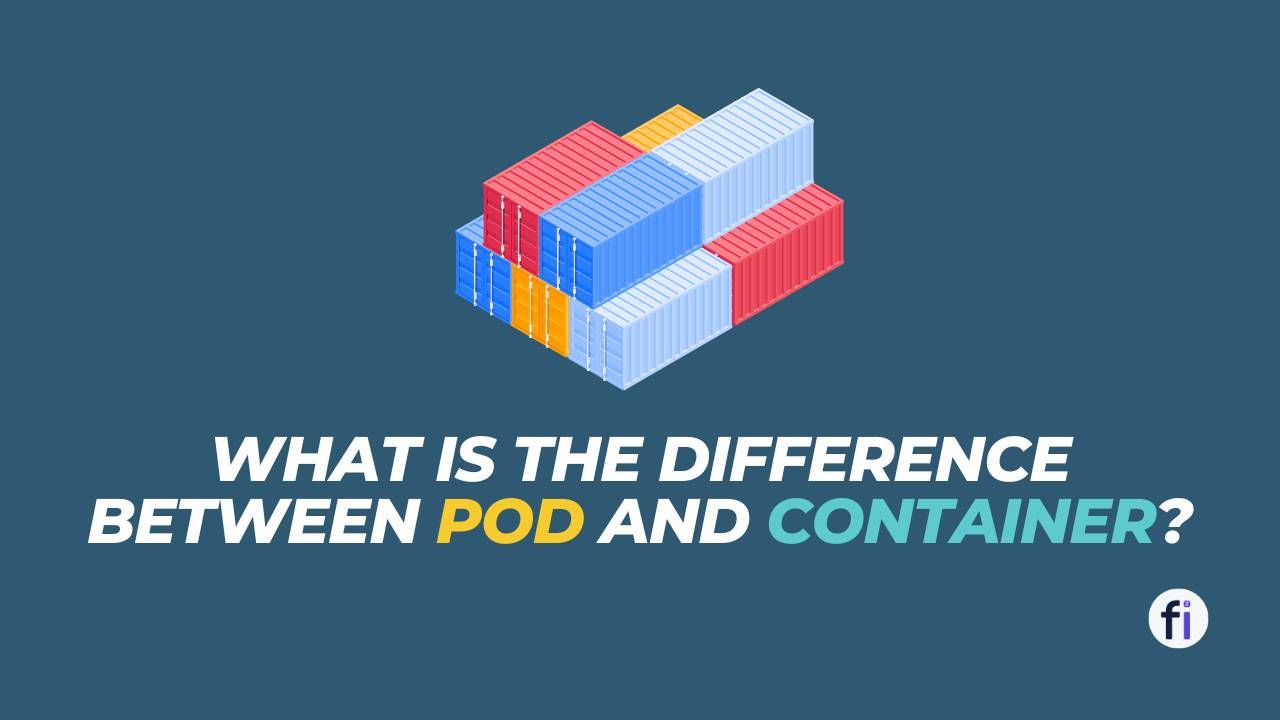
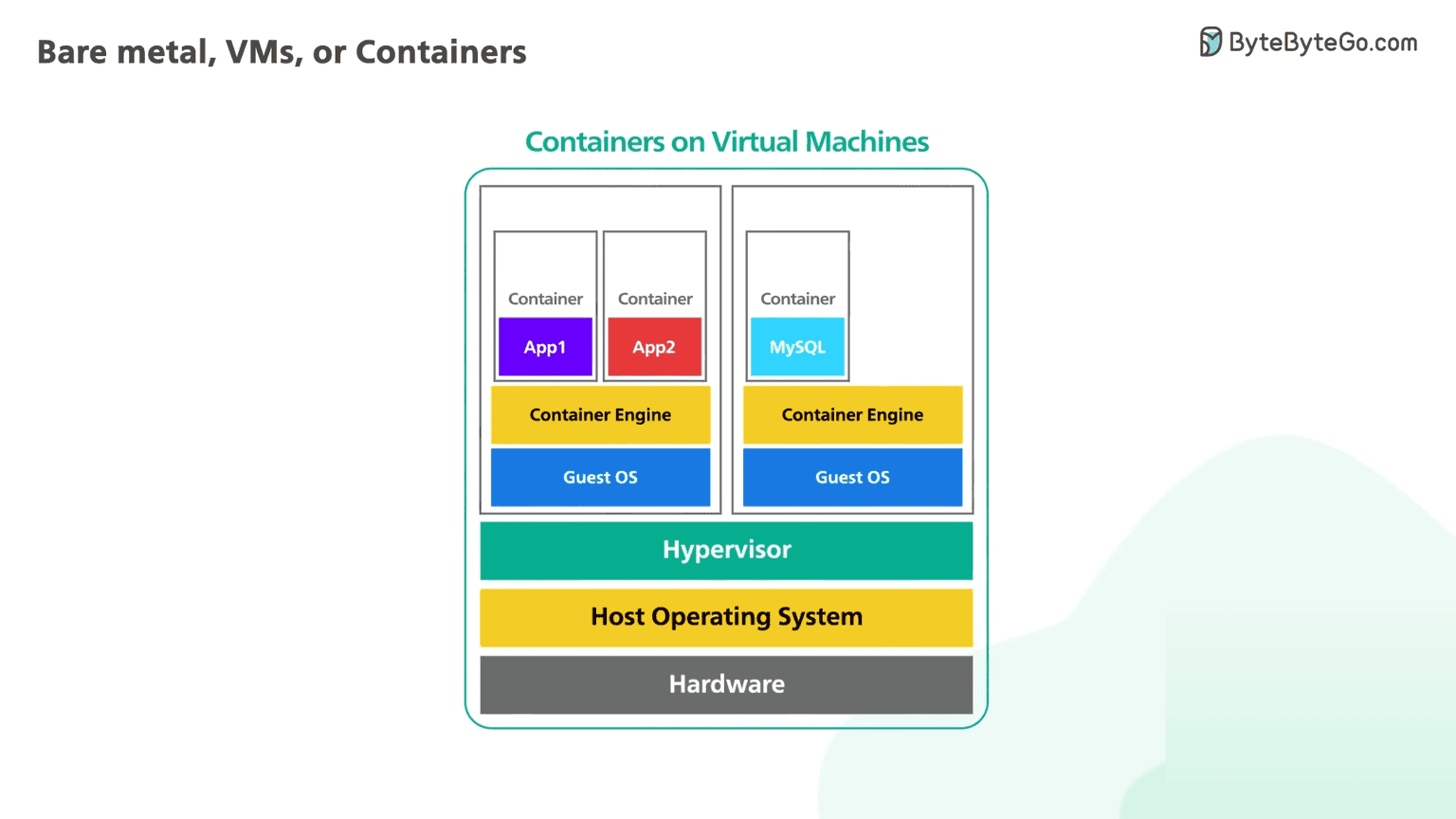
Is it Possible to run Containers inside Virtual Machines? But why would we want to do that?
? Yes! It is possible to run containers inside virtual machines.
✅ One reason is that it provides better security by reducing the possible attack surfaces. This is a tradeoff between flexibility and security.
Bare Metal vs Virtual Machine vs Containers

| Comparison Points | Bare Metal | Virtual Machines | Containers |
|---|---|---|---|
| Infrastructure | Physical hardware | Virtualized hardware | Virtualized software |
| Resource Usage | Full hardware resources | Partitioned hardware | Shared operating system |
| Scalability | Limited by hardware | Scalable but requires resources | Extremely scalable |
| Isolation | Total isolation | High isolation | Process level isolation |
| Performance | High performance | Slightly lower performance | Lightweight, high performance |
| Maintenance | Manual maintenance required | Easy to maintain | Easy to maintain |
| Security | Highly secure | Secure | Secure |
| Deployment time | Lengthy deployment time | Shorter deployment time | Very short deployment time |
| Cost | High cost | Lower cost | Lowest cost |
| Use cases | High-performance computing, specialized applications | Legacy applications, test environments | Microservices, DevOps, cloud-native applications |
😎 Conclusion
Choosing between Bare metal, Virtual machines, and Containers depends on your specific needs and requirements. Each option has its own advantages and disadvantages, and choosing the right one will depend on your use case.

1️⃣ Bare metal offers the highest level of performance and the ability to fully customize the hardware and software stack. However, it requires more maintenance, is more expensive, and does not offer the same level of scalability as virtual machines or containers.
2️⃣ Virtual machines offer a great deal of flexibility and can be easily scaled up or down as needed. They also allow for the creation of isolated environments and can run multiple operating systems on a single physical machine. However, they can be resource-intensive and come with some performance overhead.
3️⃣ Containers offer the highest level of portability and scalability. They allow for rapid deployment and easy management of applications, and are often used in micro-services architectures. However, they may not be suitable for all types of applications and can have security vulnerabilities.
In general, if you require high performance and have a large budget, bare metal may be the best option for you. If you need flexibility and the ability to easily scale your infrastructure, virtual machines may be the better choice. If you prioritize portability and rapid deployment, containers may be the best option.
Image Source & Credit: ByteByteGo

FAQs
What are the main differences between bare metal servers, virtual machines, and containers?
Bare metal servers are physical machines, while virtual machines and containers are software abstractions.
What are the advantages of using a bare metal server over a virtual machine or container?
Bare metal servers offer direct hardware access and higher performance.
What are the disadvantages of using a bare metal server over a virtual machine or container?
Bare metal servers require more maintenance and may not be as flexible as virtual machines or containers.
What are the advantages of using a virtual machine over a bare metal server or container?
Virtual machines provide hardware abstraction, isolation, and flexibility.
What are the disadvantages of using a virtual machine over a bare metal server or container?
Virtual machines can have higher overhead and may not offer the same level of performance as bare metal servers or containers.
What are the advantages of using a container over a bare metal server or virtual machine?
Containers offer lightweight, isolated environments that can be easily deployed and scaled.
What are the disadvantages of using a container over a bare metal server or virtual machine?
Containers may have security concerns and limited functionality compared to virtual machines or bare metal servers.
What are the common challenges faced when managing bare metal servers, virtual machines, and containers?
Common challenges include security, resource management, and complexity.
What are the best practices for managing bare metal servers, virtual machines, and containers?
Best practices include regular maintenance, monitoring, and security updates.
How easy is it to migrate from containers to bare metal servers or virtual machines?
Migration can be complex and requires careful planning and testing.

